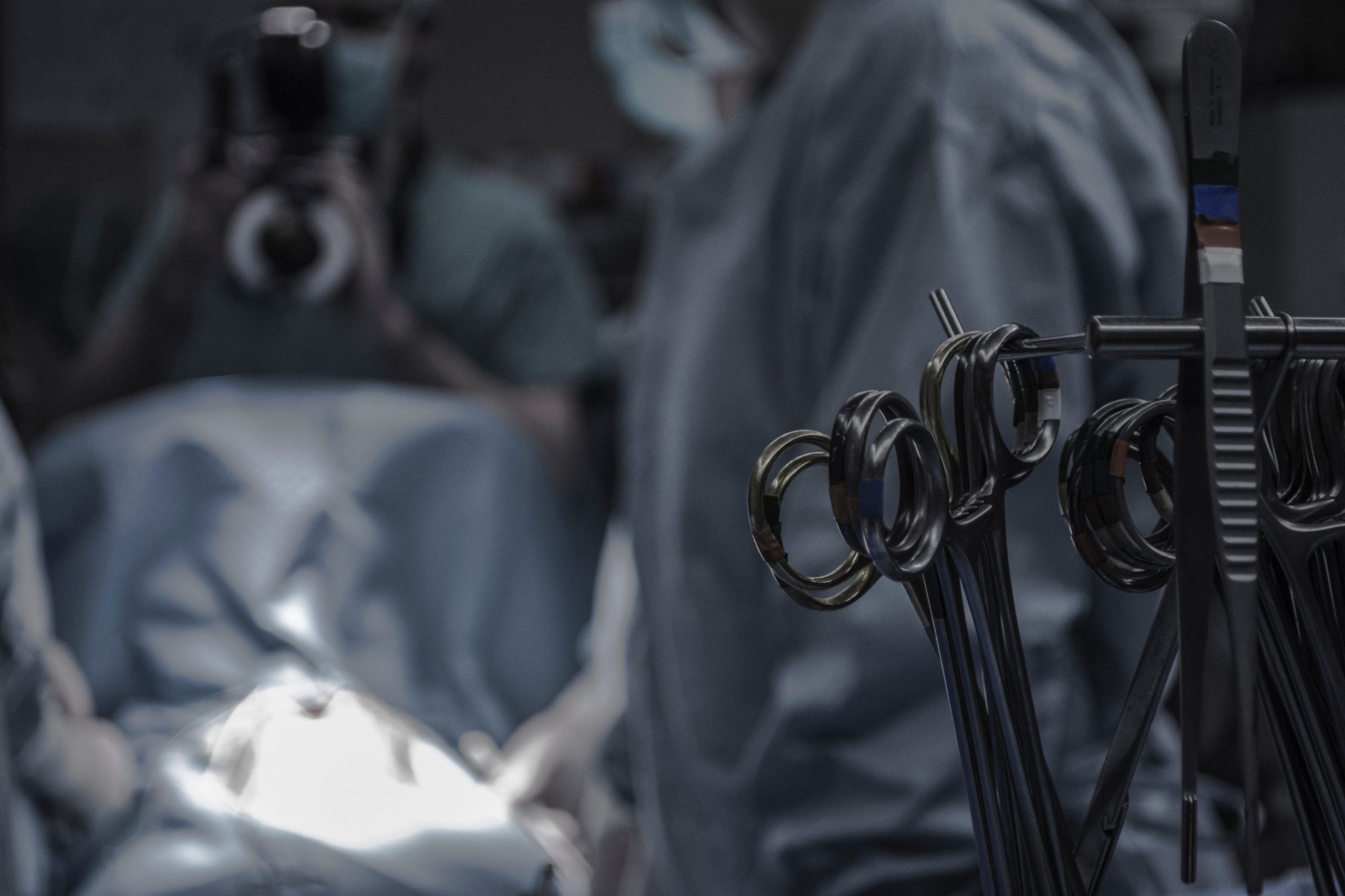Authors
Mustafa Zelal Muallem 1, Jalid Sehouli 1, Andrea Miranda 1, Helmut Plett 1, Ahmad Sayasneh 2, Yasser Diab 3, Jumana Muallem 1, Imad Hatoum 1
Simple Summary
When it comes to advanced vulval cancer management, there is a critical quandary to consider. This is owing to the severe negative impact of demolitive surgery on women who are afflicted by both functional and psychological consequences of the procedure. Primary closure of vulvar and/or perineal defects can be accomplished without difficulty in many situations, but this is accompanied by tension of the skin closure and distortion of the anatomy. In these circumstances, reconstructive surgery will be required to restore the anatomical and functional characteristics of the vulva. In this paper, we share our substantial expertise of primary closure versus reconstruction after demolitive surgery of advanced vulvar cancer, and we discuss our findings in light of the literature.
Abstract
(1) Background: plastic reconstruction in vulvar surgery can lead to a better treatment outcome than primary closure. This study aims to compare the preoperative parameters (co-morbidities and tumor size) and postoperative results (tumor free margins and wound healing) between the primary closure and reconstructive surgery after vulvar cancer surgery; (2) Methods: this is a retrospective analysis of prospectively collected data from 2009 to 2021 at a tertiary cancer institution; (3) Results: 177 patients were included in the final analysis (51 patients had primary closure PC and 126 had reconstructive surgery RS). About half (49%) of the PC patients had no co-morbidities (p = 0.043). The RS group had a 45 mm median maximal tumor diameter compared to the PC group’s 23 mm (p = 0.013). More than 90% of RS and 80% of PC had tumor-free margins (p = 0.1). Both groups had anterior vulvar excision as the most common surgery (52.4% RS vs. 23.5% PC; p = 0.001). Both groups had identical rates of wound healing disorders. In a median follow-up of 39 months; recurrent disease was found in 23.5% of PC vs. 10.3% in RS (p = 0.012). In terms of overall survival there was no significant difference between the both groups; (4) Conclusions: reconstructive vulvar surgery enables enhanced complete resection rates of larger vulvar tumors with better anatomical restoration and a comparable wound recovery in comparison to primary closure. This results in a lower recurrence rate despite the increased tumor volume.
References
- International Agency for Research on Cancer. [(accessed on 23 February 2022)]. Available online: https://gco.iarc.fr/today/data/factsheets/cancers/21-Vulva-fact-sheet.pdf.
- Woelber L., Griebel L.F., Eulenburg C., Sehouli J., Jueckstock J., Hilpert F., de Gregorio N., Hasenburg A., Ignatov A., Hillemanns P., et al. Role of tumour-free margin distance for loco-regional control in vulvar cancer‑a subset analysis of the Arbeitsgemeinschaft Gynäkologische Onkologie CaRE‑1 multicenter study. Eur. J. Cancer. 2016;69:180–188. doi: 10.1016/j.ejca.2016.09.038. — DOI - PubMed
- NCCN Guidelines Version 1.2022, Vulvar Cancer. [(accessed on 23 February 2022)]. Available online: https://www.nccn.org/professionals/physician_gls/pdf/vulvar.pdf.
- O’Brien A.L., Jadallah E., Chao A.H. Reconstruction of a radical total vulvectomy defect with a single split anterolateral thigh perforator flap: A case report and review of the literature. Microsurgery. 2021;41:70–74. doi: 10.1002/micr.30592. — DOI - PubMed
- Pavlov A., Bhatt N., Damitz L., Ogunleye A.A. A Review of Reconstruction for Vulvar Cancer Surgery. Obstet. Gynecol. Surv. 2021;76:108–113. doi: 10.1097/OGX.0000000000000866. — DOI - PubMed

